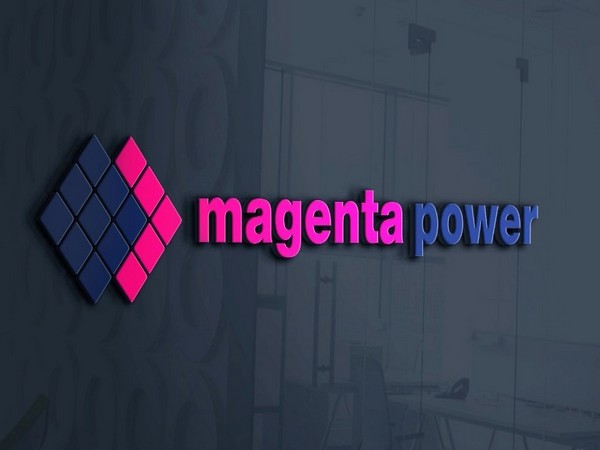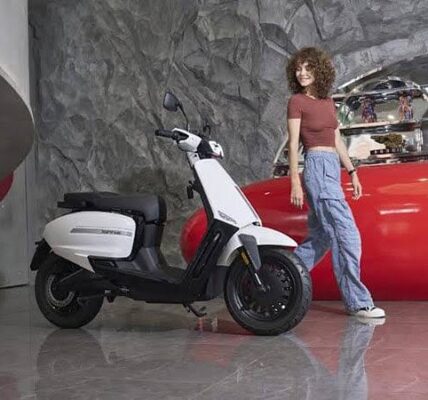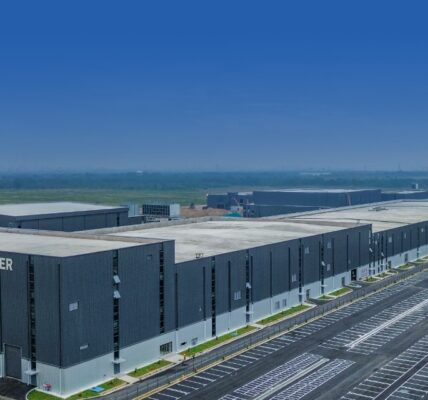Mumbai-based EV solutions provider Magenta announced the setting up of the country’s largest public EV charging station in Navi Mumbai as part of its plans to provide 4,000 charging facilities by March next year. The company, which provides end-to-end hardware, software, installation, operations and maintenance of electric vehicle charging solutions, also plans to expand its footprint to overseas markets by the March quarter of this fiscal, Magenta said.
The company had recently closed its round of Series-A funding of Rs 120 crore from American philanthropist Kiran Patel intends to pump in Rs 30 crore to build its charger development and manufacturing facility for India and for exports, it said.
This integrated charging plus development plus manufacturing unit will cater to the development and production of the AC chargers along with the street lamp chargers, the company said.
The integrated charging and development as well as manufacturing will provide Magenta with an opportunity to become an end-to-end ‘Socket to Software’ solution provider for EV charging, it said.
“We have a total outlay of 4,000 chargers to be installed this year and close to around Rs 55 crore capex has been earmarked for this,” Maxson Lewis, Co-founder and Managing Director, Magenta Group, told .
Of the 4,000 such facilities, around 1,000 are being installed in collaboration with public sector oil marketing company HPCL, he said.
In March this year, HPCL and Magenta Power had set up its first set of street lamp-integrated charger, ChargeGrid, at two locations in the country, one each in Delhi and Mumbai.
Inaugurated by Maharashtra Industry Minister Subhash Desai, the first of its kind public charging station will be functional round-the-clock with 21 AC/ DC chargers for 2,3 and 4-wheelers and can charge a vehicle in 45 minutes, depending upon the chargers.
Stating that plans are afoot to enter the overseas markets by the fourth quarter of this fiscal, Lewis said, “Magenta has already started work on the international foray and has identified the GCC countries and two countries in the South-east Asia to begin with.”
The Riyadh-headquartered Gulf Cooperation Council (GCC) is a trade block of six Gulf countries comprising Saudi Arabia, United Arab Emirates, Kuwait, Bahrain, Qatar and Oman.
According to him, the GCC region itself has USD 3-billion investment potential in EV and charging segments in the next four year.
Lewis said that the business model for the overseas markets would be different from the domestic market as it would be less operations and more of hard ware and software exports.”There are a lot of enquiries coming in from the markets abroad but we are looking for international partners for this,” he said.
Magenta’s manufacturing facility has the capacity to produce close to 4,000 AC chargers per month.
At the newly-launched public charging facility, a parking bay has been developed for vehicles which require AC slow charging, which allows for overnight charging as well, the company said.
These chargers, which are also powered by a combined 40 KW rooftop solar power, can be operated through the ChargeGrid App with online remote monitoring which includes an automated payment gateway, thereby eliminating the need of having a station marshal to monitor, maintain and operate the chargers at the location.
The setting up of this public EV charging station in Mumbai will support the government initiative of setting up 400,000 charging stations to meet the requirement for two million EVs that could potentially ply on the roads across the country by 2026, Magenta said.
“Maharashtra has been in the forefront of EV development. Under our draft Electric Vehicle (EV) Policy 2021, we aim to bring at least 1,46,000 new battery-operated electric vehicles (BEVs) on state roads by 2025, estimated to comprise about 10 per cent of all new vehicle registrations by that time. We support our very own local start-ups like Magenta to drive the adoption of EV in the state and in the country and soon globally,” said Desai.






